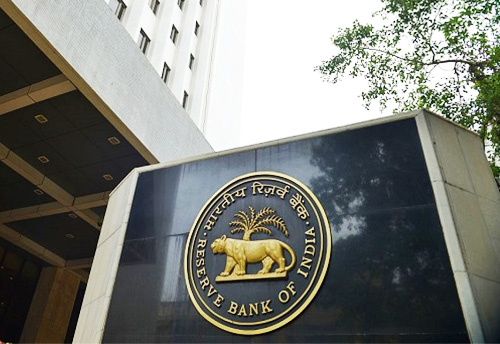RBI comes out with new prudential framework for resolution of stressed assets
Updated: Jun 08, 2019 05:59:01am

RBI comes out with new prudential framework for resolution of stressed assets
New Delhi, June 8 (KNN) Replacing the February 12, 2018 circular on resolution of stressed assets, the Reserve Bank of India (RBI) has come out with a new prudential framework for resolution of stressed assets with wider range of norms for lenders.
Under the new 'Prudential framework for resolution of stressed assets', lenders will have complete discretion to design, implement resolution plan; Banks may start resolution, IBC process within 30 days of default and once a borrower is reported to be in default by any lenders, they may review of the borrower account within 30 days from the day of default.
Besides this, lenders should follow a board-approved policy for resolution of bad loans.
Signing of inter-creditor agreement (ICA) by all lenders to be mandatory, which will provide for a majority decision making criteria, said RBI.
During this review period (RP) of thirty days, lenders may decide on the resolution strategy, including the nature of the RP, the approach for implementation of the RP, etc. The lenders may also choose to initiate legal proceedings for insolvency or recovery.
While the review period for defaulters of ₹2,000 crore and above will start immediately, the review period for defaulters between ₹1,500 crore and less than ₹2,000 crore will start only from 1 January 2020.
Also, the central bank has made it voluntary for lenders to use the Insolvency and Bankruptcy Code, it has, at the same time, put in penal provisions for resolution plans that are not implemented.
A lender will have to set aside 20% more provisions if the plan is not implemented within 210 days from the date of default and 35% if not implemented within 365 days of default.
RBI also warned that any action by lenders to conceal the actual status of accounts or ever greening the stressed accounts, will be subjected to stringent supervisory/enforcement actions.
Commenting on this, CEO, Epic Research, Mustafa Nadeem said “This is a welcome step since there was a lag between the noting the default and then having a resolution to it. Earlier it was mandated to identify it on Day 1 which was actually a losing situation for the borrower. This was actually creating a stressful situation for the lender and the borrower. This new 30 Day window will now actually put a cushion for the borrower.”
Secondly, the powers that have been now given to lender brings a lot of clarity on the table. Since it will now be able to identify the bad loans, study the books and make a concrete resolution for the same, he added.
He said “We believe it is a win-win situation for both - the lender and the borrower as it brings logically much-needed clarity. Definitely it has a positive impact on the NBFC sectors. There were many policies that were in place related to the framework. Firstly incentivizing the earlier resolution will help the banks. Secondly, it will completely make the other entire framework as CDR, SDR, etc obsolete. Hence a thorough and concrete policy structure under "Prudential Framework for Resolution of Stressed assets”. Its financial markets. And, everyone loves the clarity in the framework and process. It should have a positive impact we believe in the medium to long term.”











